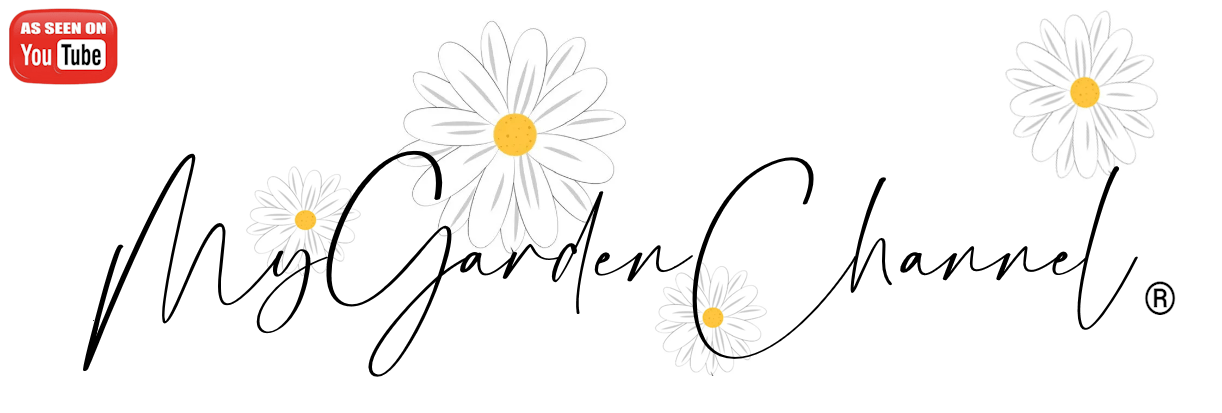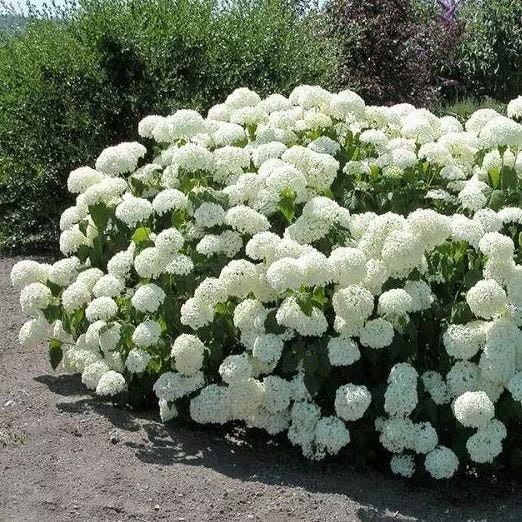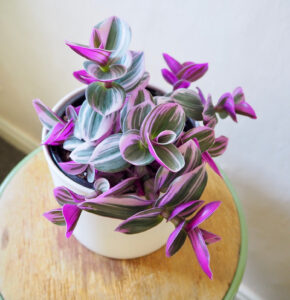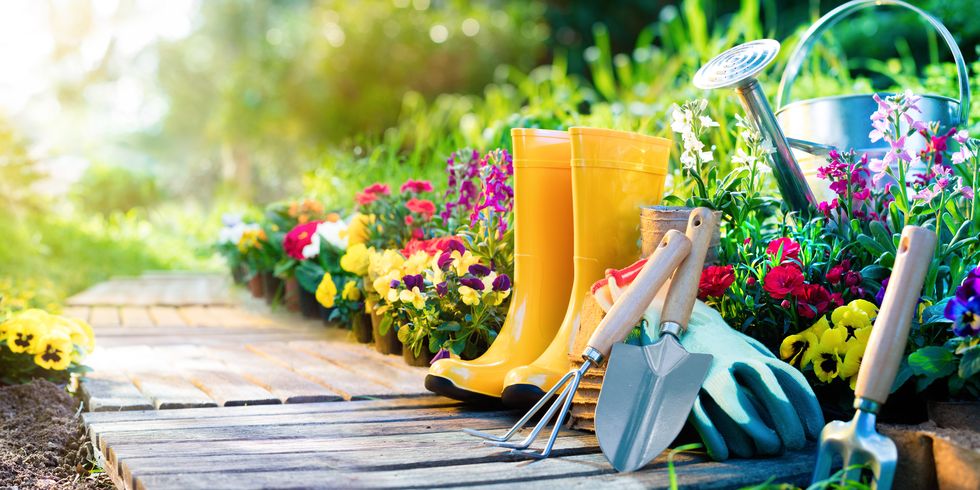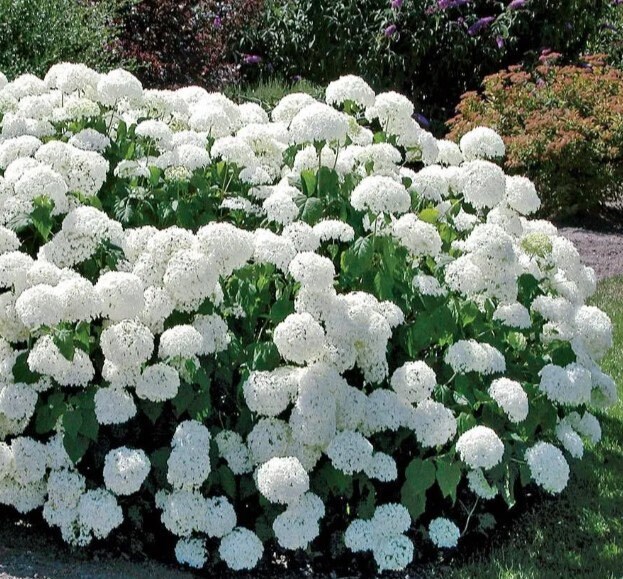
Annabelle Hydrangeas (Hydrangea arborescens ‘Annabelle’) are beloved for their stunning, large, globe-shaped white blooms and ability to thrive in various conditions. These deciduous shrubs add elegance to gardens and require proper care to flourish. This guide covers essential aspects of Annabelle Hydrangea care, including light requirements, watering, soil needs, fertilization, pruning, propagation, pest control, and seasonal maintenance.
1. Light Requirements
Annabelle Hydrangeas grow best in partial shade but can tolerate full sun if provided with sufficient moisture. Ideally, they should receive morning sunlight and afternoon shade to prevent excessive wilting. If planted in full sun, ensure they have adequate water to thrive.
2. Watering Needs
Hydrangeas require regular watering to maintain their lush appearance. Water deeply once or twice a week, ensuring the soil remains moist but not waterlogged. During hot and dry periods, increase watering frequency. Mulching around the base helps retain moisture and regulates soil temperature.
3. Soil Requirements
Well-draining, rich, and slightly acidic to neutral soil (pH 5.5 to 7.0) is ideal for Annabelle Hydrangeas. Amending soil with organic matter like compost or peat moss improves fertility and drainage. Avoid planting in heavy clay soil unless properly amended to prevent water stagnation.
4. Fertilization
Fertilizing Annabelle Hydrangeas promotes healthy growth and abundant blooms. Apply a balanced slow-release fertilizer (such as 10-10-10) in early spring. A second feeding in mid-summer can enhance blooming. Avoid over-fertilizing, as excessive nutrients may lead to weak stems and fewer flowers.
5. Pruning
Annabelle Hydrangeas bloom on new wood, making pruning in late winter or early spring essential. Cut stems back to about 12-18 inches from the ground to encourage strong, sturdy growth. Deadheading spent blooms is optional but can enhance the plant’s appearance.
6. Propagation
Propagation is best done through softwood cuttings in late spring or early summer. Take a 4-6 inch cutting from a healthy stem, remove lower leaves, and place it in a moist, well-draining growing medium. Keep the soil slightly moist until roots develop.
7. Common Pests and Diseases
Annabelle Hydrangeas are generally resistant to pests but can occasionally attract aphids, spider mites, or powdery mildew. Regularly inspect leaves for signs of infestation. Use insecticidal soap or neem oil for pest control. Proper spacing and air circulation help prevent fungal diseases.
8. Seasonal Care
In spring and summer, ensure consistent watering and mulching. During fall, remove any dead or weak stems to promote healthy regrowth. In colder regions, apply a layer of mulch around the base to protect roots from freezing temperatures. Although Annabelle Hydrangeas are hardy, extreme winters may cause stem dieback.
